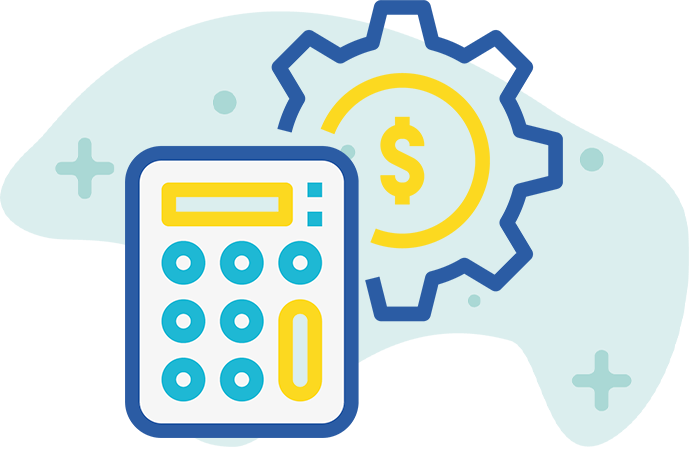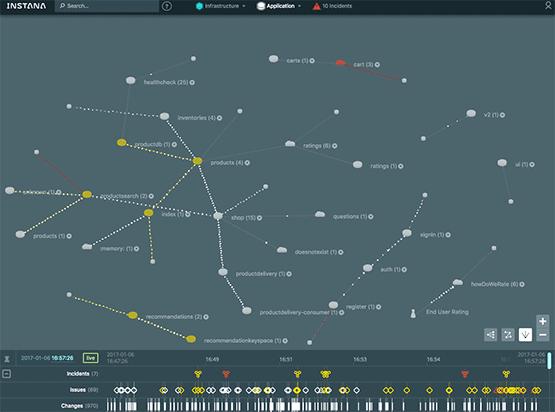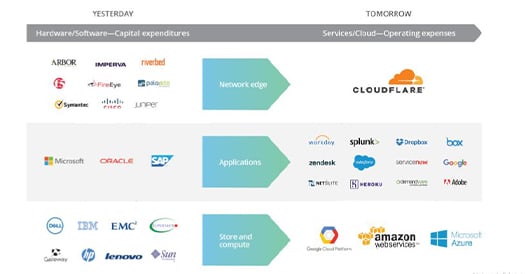Our Principles in Designing Cost-Effective Infrastructures
Plan and optimise a consumption model:
Pay only for the computing resources you consume depending on your business requirements. For example, development and test environments are typically only used for eight hours a day during the workweek. You can save up to 75% of your costs here.
Measure overall efficiency:
Measure the business output of the system and the costs associated with delivering the business requirements. Use this measure to understand the gains you make from increasing output and reducing cost.
Stop spending money on data centre operations:
Cloud does the heavy lifting of racking, stacking, and powering servers, so you can focus on your customers and business projects instead of your IT infrastructure.
Analyze and attribute expenditure:
Creating a reliable monitoring system makes it easier to accurately identify the usage and cost of systems, which then allows the transparent attribution of IT costs to revenue streams and individual business owners. This helps measure return on investment (ROI) and gives system owners an opportunity to optimize their resources and reduce costs.
Use managed services to reduce the cost of ownership:
In the cloud, managed services remove the operational burden of maintaining servers for tasks like sending emails or managing databases. Since managed services operate at the cloud-scale, they can offer a lower cost per transaction or service.

.webp?width=525&height=274&name=cost-up-humio%20(1).webp)


.webp?width=3353&quality=low)
.webp?quality=low&width=2550&height=1029&name=image-002%20(1).webp)